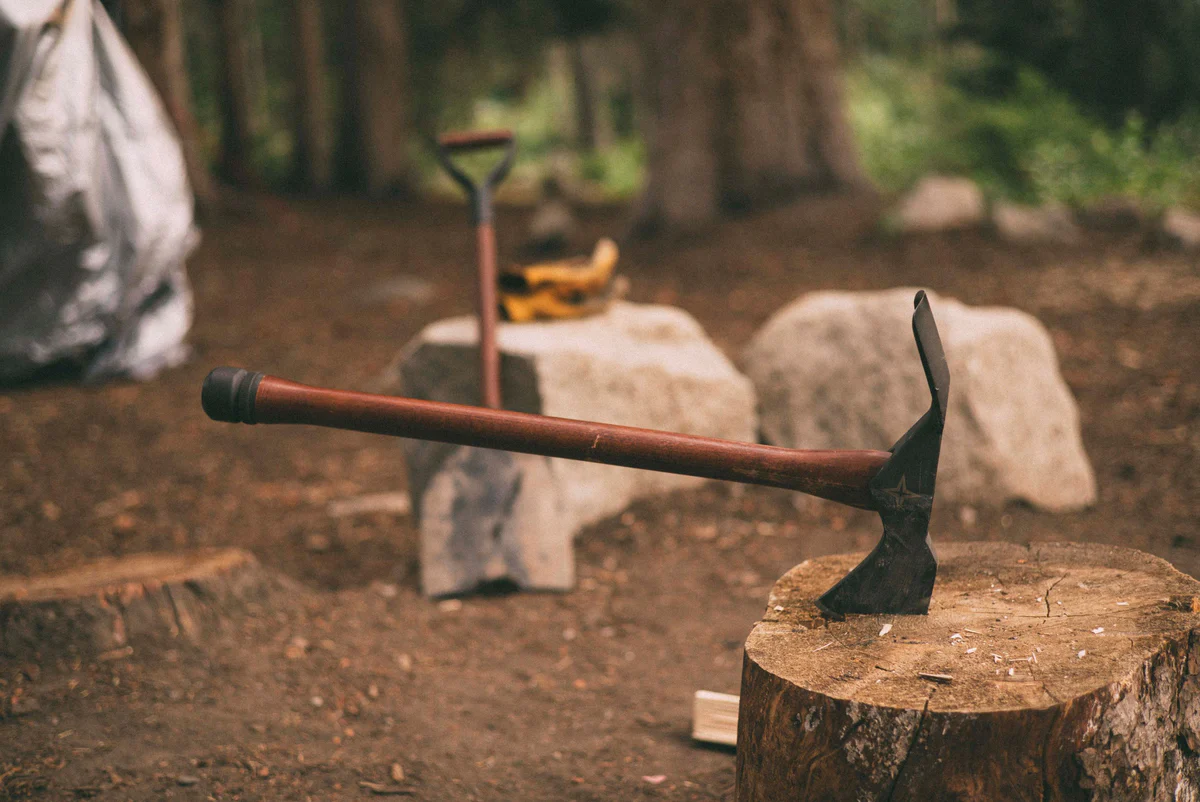Viking battle axes were not only tools of destruction but also held deep symbolic meaning within Norse mythology, culture, and religious rituals. This guide delves into the intricate symbolism attached to Wikinger axt and their role in shaping the spiritual and cultural fabric of the Vikings.
Section 1: Norse Mythology and Symbolism:
- Thor’s Hammer: Mjölnir, the iconic hammer of the thunder god Thor, is often associated with the power to protect and smite enemies. Its connection to battle axes lies in its representation of divine strength and protection, further solidifying the battle axe’s role as a symbol of protection and prowess.
- Yggdrasil and the World Tree: In Norse cosmology, Yggdrasil, the World Tree, connected different realms of existence. Battle axes were sometimes adorned with motifs depicting Yggdrasil, signifying a link between the weapon and the cosmic order of the universe.
Section 2: Cultural Significance:
- Status and Prestige: Owning a finely crafted battle axe was a mark of status and prestige among Viking warriors. The intricate decorations and expert craftsmanship demonstrated one’s standing within the community.
- Funerary Rituals: Battle axes held spiritual importance even in death. Warriors were often buried with their weapons, including battle axes, as a means to protect them in the afterlife and symbolize their continued strength and identity.
- Rituals of Dedication: Before battle, warriors might engage in rituals involving their battle axes, invoking blessings from deities and seeking protection. These rituals highlighted the spiritual connection between the warrior, the weapon, and the divine.

Section 3: Ceremonial and Religious Context:
- Blót and Sacrifice: The Vikings practiced blót, a ritualistic offering to deities for favor and protection. Battle axes could be offered in blót ceremonies as symbols of the warrior’s devotion and willingness to fight in the gods’ name.
- Temple Decorations: Battle axes, often displayed in temples, symbolized the warriors’ commitment to their gods and their dedication to protecting their beliefs and way of life.
- Rites of Passage: Young warriors might receive their first battle axes in coming-of-age ceremonies, marking their transition into adulthood and the responsibilities of a warrior’s life.
Conclusion:
Wikinger axt were imbued with profound symbolism that transcended their role in warfare. In Norse mythology, culture, and religious rituals, these weapons represented divine strength, protection, and the warrior’s place within the cosmic order. As a testament to the Vikings’ intricate connection between the physical and spiritual realms, battle axes continue to stand as enduring symbols of their heritage and beliefs.









